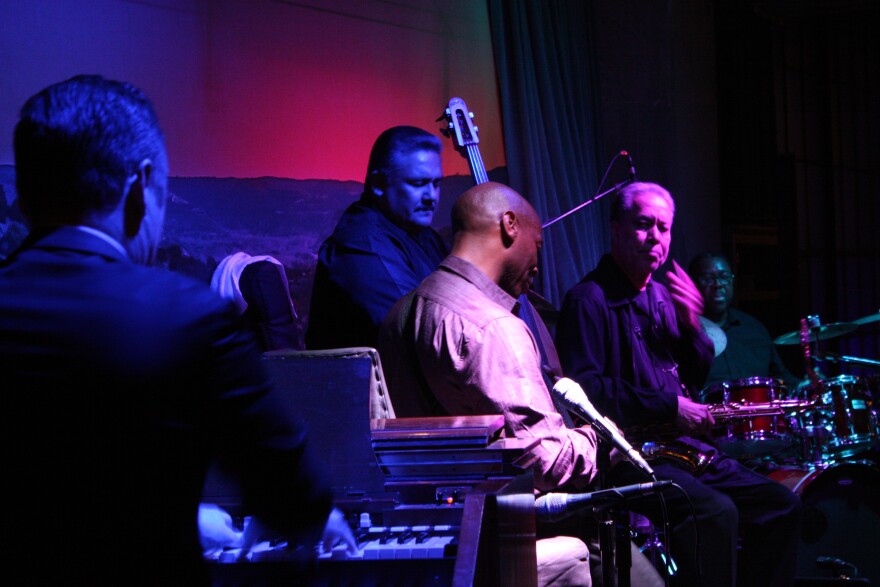In this set recorded live at Jazz, TX in 2019, Kevin Eubanks pays tribute to some of his influences, with covers of tunes by Wes Montgomery ("Four On Six") and Thelonious Monk ("Bemsha Swing").
He also explains how he first got interested in playing guitar, after attending a James Brown concert!
Nathan Cone: What was it at that show that made you want to play the guitar?
Kevin Eubanks: I've asked myself that same question... always! I remember it was the Uptown Theater on Broad Street in Philadelphia. James Brown played and he was like the biggest, you know? Everybody wanted to be James Brown. And when I came out of that show I remember standing by the curb waiting for my dad to come pick us up. You know [just standing] with my brother, and I said, "I want to play guitar." And I have no idea what would make... you'd think I'd want to sing and dance or something. But from that show I always wanted to play guitar, and my friends thought I was kidding, but I just couldn't think of anything else except "I want to play guitar, I want to play guitar," and it was after a James Brown concert. I have no idea why that made me want to play guitar. And a D7 chord because every song... [laughs] I want to play that D7 chord! But, you know, that is not an easy thing to do, to play that with that groove.
To lay it out for 15 minutes!
I didn't realize it then, but it was kind of not exactly the same thing, but you're playing that same rhythm, and it's really part of the groove it's part of it. It starts to become a chant, and it's really lock-step together. But then when you go to Count Basie's band and, you know, [the guitarist] didn't even have an amp. But that became that same type of feel that just kept coming, and just kept coming, you know? So over the years it's made me grow, and grow in respect for how the rhythm guitar has a place. I mean, guitar is an amazing instrument. You know I don't think guitar is labeled now as a percussion instrument, but it probably [was], to start with. I wouldn't be surprised.
Yeah, and the way several jazz players play it, you're putting out these chords to the layman's ears in a regular manner, in a percussive manner, as part of not only a rhythm, but also emphasizing what the other players are doing. Bouying up the soloist at the same time when you're putting in those chords there, you're doing it in a percussive manner.
And that's that's a really important aspect that the guitar has to it. Like Freddie Green doing it, or the rhythm guitar player for James Brown. It is a connecting thing. It's a rhythmic thing, it's percussive. It's all that. So after a while I just said, well maybe that's what struck me, maybe the consistency of that, but it's just you know, it's as close as I can give to a reason why [I took it up], you know? I think it's amazing how guitar is in so many different genres of music and cultures everywhere. Maybe not in a Western form of it. But you go to different parts of the world there's some instrument that you know...
...a stringed instrument.
Yeah that looks like guitar. It's a ukulele, it's a mandolin, it's this, it's that, it's banjo or whatever it was before it became into the form that it is now. But the percussive properties of it [are] very important.



